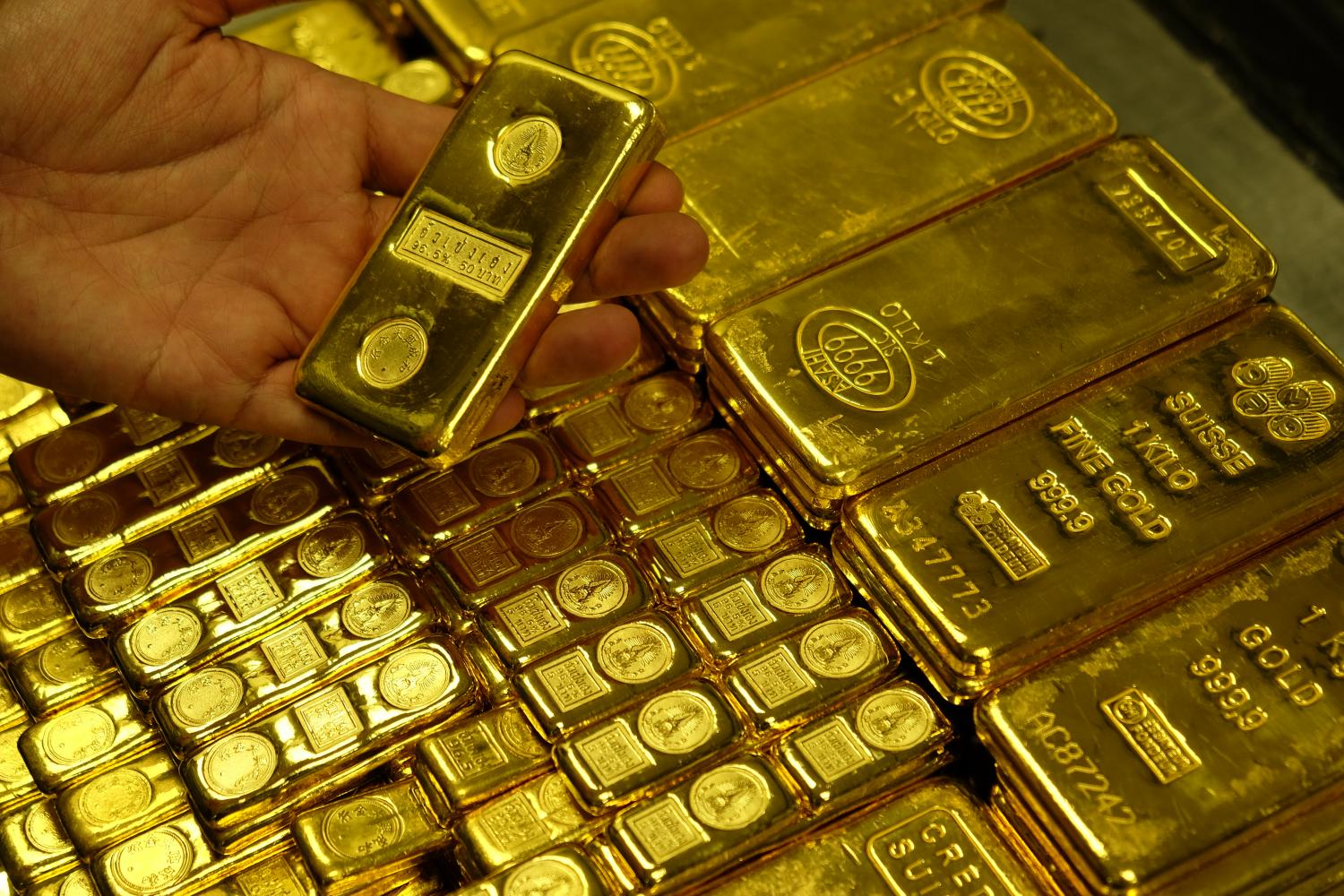When the ultra-wealthy in Asia turn their attention to a centuries-old gold trade, it is not merely nostalgia—it is strategic. In 2025, family offices and wealthy clans are going beyond index funds and vault storage. They are actively financing mining, handling logistics, refining bullion, and harvesting arbitrage opportunities. This revival of a centuries-old gold trade is reshaping modern wealth preservation, using heritage as a foundation for innovation.
This comprehensive article examines the resurgence of this centuries-old gold trade, exploring its cultural roots, modern tactics, economic implications, and what this means for the future of elite investing.
Background of the Centuries-Old Gold Trade Revival
The term centuries-old gold trade refers to the historical practice of bullion exchanging hands across empires, merchants, and rulers—a tradition deeply embedded in Asian cultures. Today’s ultra-rich are tapping into those same networks, bypassing traditional intermediaries. Family offices are financing mining operations in Kenya, shipping raw gold to Hong Kong, refining it, and distributing it directly to buyers in Asia. In doing so, they resurrect trading methods akin to 19th-century commercial houses, but with modern infrastructure and regulatory awareness.
This renaissance of the centuries-old gold trade is more than investment strategy. It is a culturally grounded way to secure wealth, leveraging traditions that date back generations.
Current Practices Modernizing the Strategy
Now, the centuries-old gold trade is being updated for the 21st century. Ultra-wealthy investors in Asia are allocating significant capital to physical gold trading, not just storage. A multi-family office reportedly assigned roughly one third of its portfolio this year to bullion dealings. They source gold from small African mines, fly shipments into Hong Kong, refine and assay the metal, and distribute it to private vaults or strategic buyers.
Some have turned to leasing physical bullion to jewelers for income, earning 3–4 percent returns while retaining price exposure. Others use gold as collateral, borrowing funds for real estate or equity investments without liquidating their holdings. Arbitrage opportunities are also being pursued: buying discounted gold in Dubai and selling at premiums in high-demand Hong Kong. This deliberate integration of the centuries-old gold trade into modern portfolios reflects both innovation and resilience.
Cultural Resonance and Strategic Advantage
Asian families understand gold deeply. Cultural familiarity, coupled with market savvy, makes the centuries-old gold trade not only a safe haven but also a symbol of identity. Across China and India, gold continues to dominate in cultural celebrations, status-building, and intergenerational wealth transfer.
Storing gold in Singapore has become popular due to its political neutrality, legal clarity, and world-class vault infrastructure. This is not nostalgia—it is strategy. The centuries-old gold trade meets modern needs: tangible security, yield generation, leverage—all grounded in centuries of trust.
Economic Forces Driving the Resurgence
Several macroeconomic factors fuel this revival of the centuries-old gold trade:
- Geopolitical instability and inflation concerns are pushing elites toward tangible assets.
- The U.S. dollar shows signs of overvaluation; a weaker dollar makes gold cheaper for non-U.S. buyers.
- Forecasts anticipate continued bullion rallies.
- Central banks remain active gold buyers as part of diversified reserve strategies.
These trends empower wealthy investors to use gold not just as insurance, but as a strategic asset—deploying it dynamically rather than static holding.
Implications and Risks Ahead
The resurgence of this centuries-old gold trade in Asia carries both promise and peril. On one hand, it offers the ultra-wealthy enhanced control, income, and security. On the other, it demands expertise, regulatory diligence, and risk management—especially when dealing with supply chains from developing regions.
Moreover, elevated gold prices could eventually reduce demand among cost-sensitive buyers. Some insiders predict cooling demand in about a year if geopolitical tensions subside. Still, for now, the centuries-old gold trade is thriving, blending tradition and modern finance.
Looking Forward
The continued evolution of this centuries-old gold trade could redefine wealth stewardship across Asia. As digital tools integrate with ancient networks, and as storied trading routes gain new life, the ultra-wealthy are making gold central to their financial identity. This trade is not a historical relic—it is a living strategy, adapting gracefully to modern times.
Read More






 Thursday, 27-11-25
Thursday, 27-11-25







